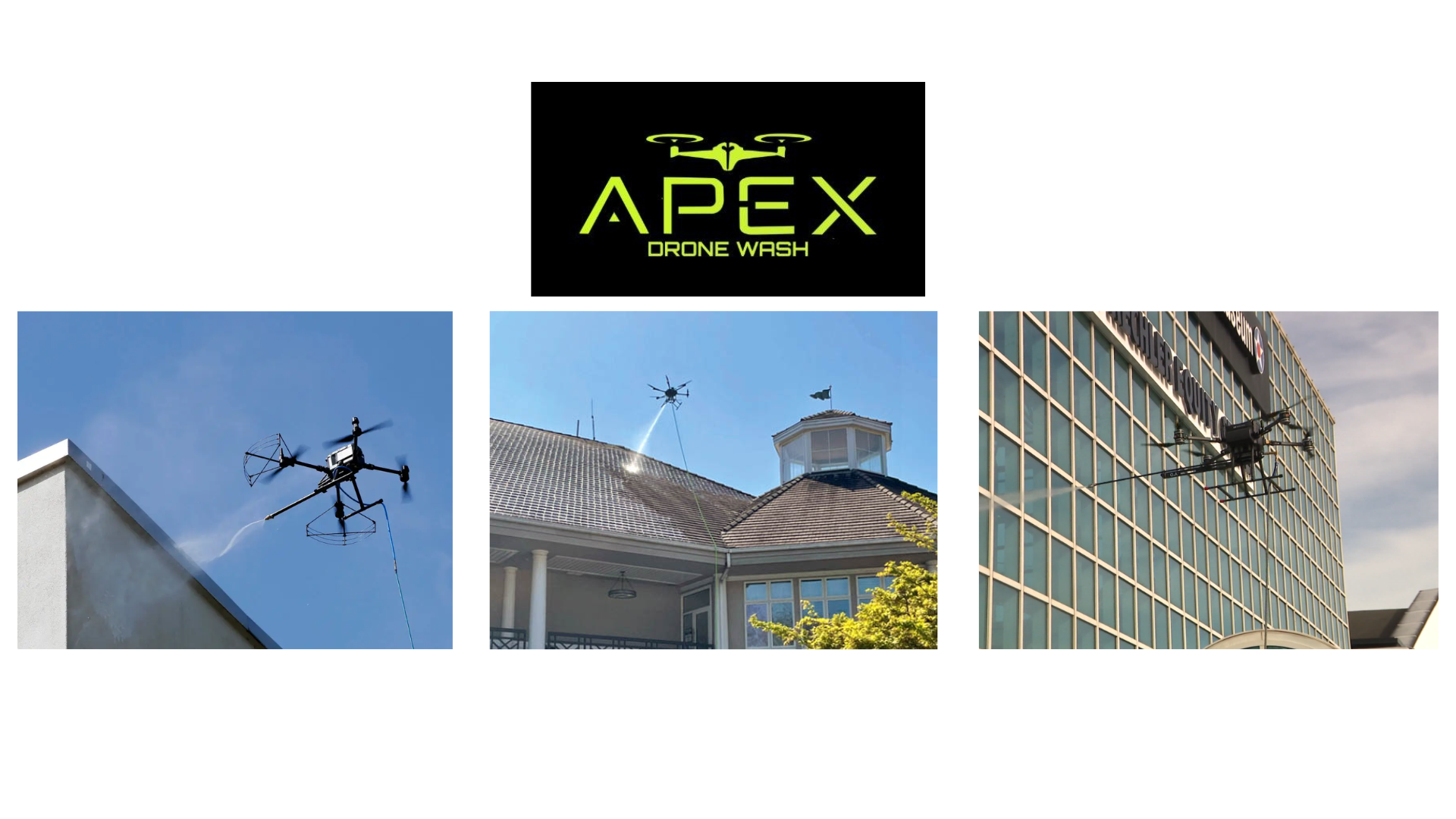In the fast-evolving world of facility management, maintaining the pristine appearance and structural integrity of buildings has long been a challenge—especially for mid-rise and high-rise structures. Traditional methods, such as scaffolding, cranes, and manual labor, are not only costly and time-consuming but also pose significant safety risks. Enter drone technology, a game-changing innovation that is revolutionizing building cleaning and maintenance. Let’s explore how drones are transforming this industry and why they’re becoming indispensable for modern facility managers.
The Problem with Traditional Methods
Historically, cleaning building exteriors involved labor-intensive processes: workers dangling from ropes, navigating scaffolding, or operating heavy machinery at dizzying heights. These methods carry inherent risks, including falls, equipment malfunctions, and exposure to harsh weather conditions. Additionally, traditional cleaning often disrupts building operations, requires significant resources (like water and chemicals), and incurs high costs for equipment and labor.
How Drone Cleaning Works
Drones equipped with advanced tools are redefining building maintenance. Here’s a breakdown of their operation:
- High-Pressure Cleaning: Drones use water tanks and nozzles to spray eco-friendly solutions or pure water, effectively removing dirt, grime, and pollutants without harsh chemicals.
- Real-Time Monitoring: Operators guide drones via cameras and sensors, ensuring precise coverage and immediate adjustments during cleaning.
- Data Collection: Drones capture high-resolution images to identify structural issues like cracks or corrosion, enabling proactive maintenance planning.
Key Benefits of Drone-Based Cleaning
- Enhanced Safety
Drones eliminate the need for workers to operate at dangerous heights, drastically reducing accidents and liability risks. For example, My Skies Aviation in the Middle East uses drones to clean skyscrapers without endangering human workers. - Cost Savings
By replacing scaffolding, cranes, and large crews, drones cut operational costs by up to 50% in some cases. Facility managers also save on insurance premiums and labor expenses. - Eco-Friendly Practices
Many drone systems use pure water or biodegradable solutions, minimizing chemical runoff. Reduced water usage and fuel-powered machinery further lower environmental impact. - Speed and Efficiency
Drones clean buildings three to five times faster than traditional methods. For instance, a drone can clean a 15-story building in hours instead of days, minimizing tenant disruptions. - Versatile Applications
- High-Rise Facades: Drones easily access glass panels and intricate architectural features.
- Solar Panels and Wind Turbines: They remove dirt and debris to optimize energy efficiency.
- Historical Monuments: Gentle cleaning preserves delicate surfaces without physical contact.
Challenges to Adoption
While drones offer immense potential, several hurdles remain:
- Regulatory Compliance: Airspace restrictions and privacy laws vary by region, requiring careful navigation.
- Weather Dependency: High winds or rain can ground drone operations.
- Initial Investment: Smaller companies may find drone technology cost-prohibitive upfront, though long-term savings offset this.
The Future of Drone Maintenance
By 2025, advancements in AI and automation will further elevate drone capabilities:
- AI-Driven Navigation: Drones will autonomously detect obstacles and adjust cleaning patterns in real time.
- Beyond Visual Line of Sight (BVLOS): Regulatory shifts will enable drones to operate over longer distances, enhancing scalability.
- Predictive Maintenance: Integration with IoT and BIM systems will allow drones to predict and address structural issues before they escalate.
Conclusion
Drones are not just a futuristic novelty—they’re a practical solution reshaping building maintenance. From slashing costs and boosting safety to enabling sustainable practices, this technology empowers facility managers to maintain properties efficiently and responsibly. As regulations evolve and AI matures, drones will become even more integral to urban upkeep, paving the way for smarter, safer cities.
Ready to embrace the future? Companies like Helios Visions and Drone Sky Cleaners are already offering drone services, proving that the sky’s the limit for this transformative technology.
For more insights on drone innovations, explore our sources or contact industry leaders like Aeroskape and My Skies Aviation to learn how drones can elevate your maintenance strategy.


